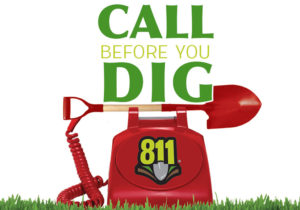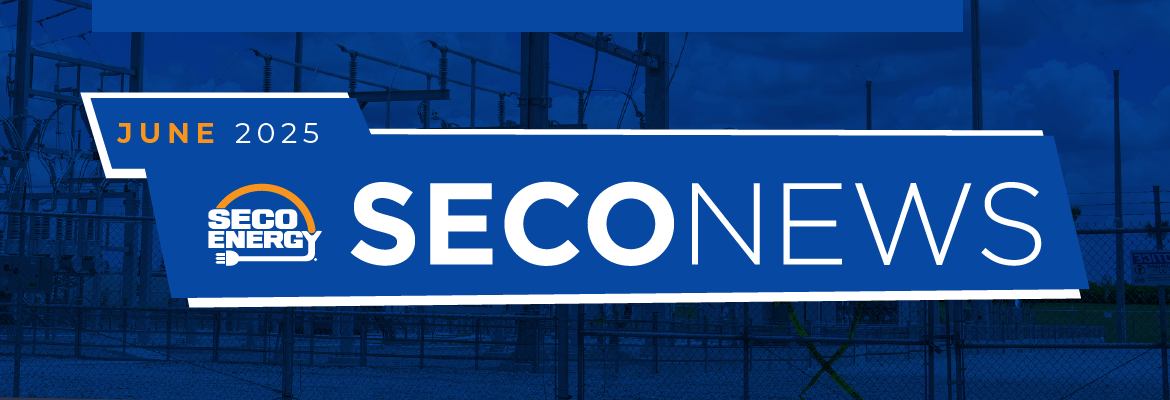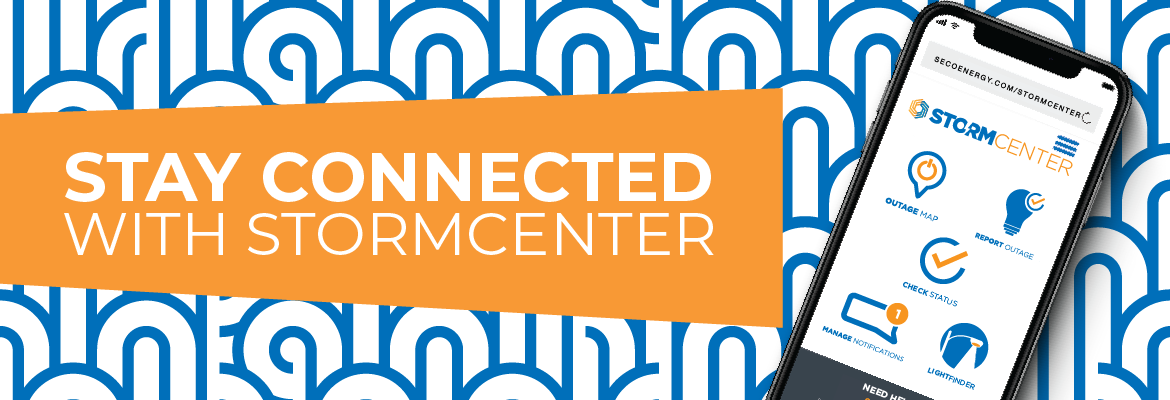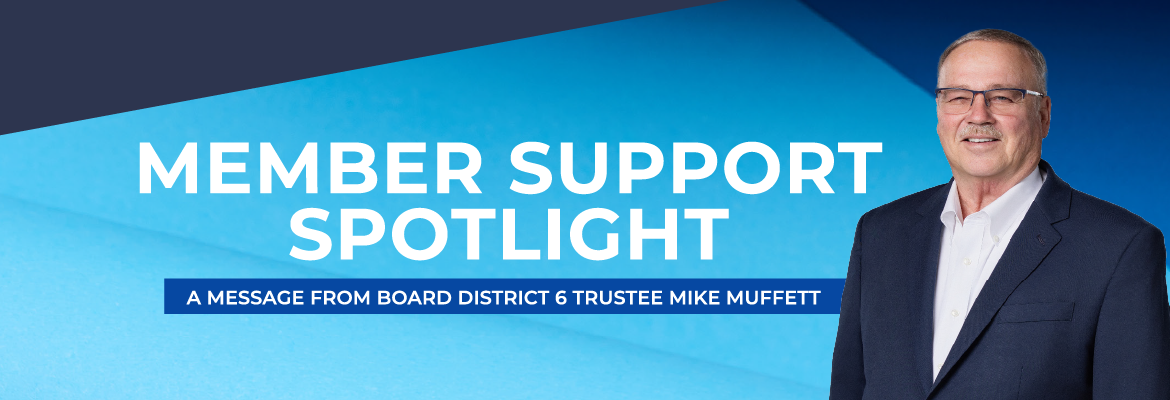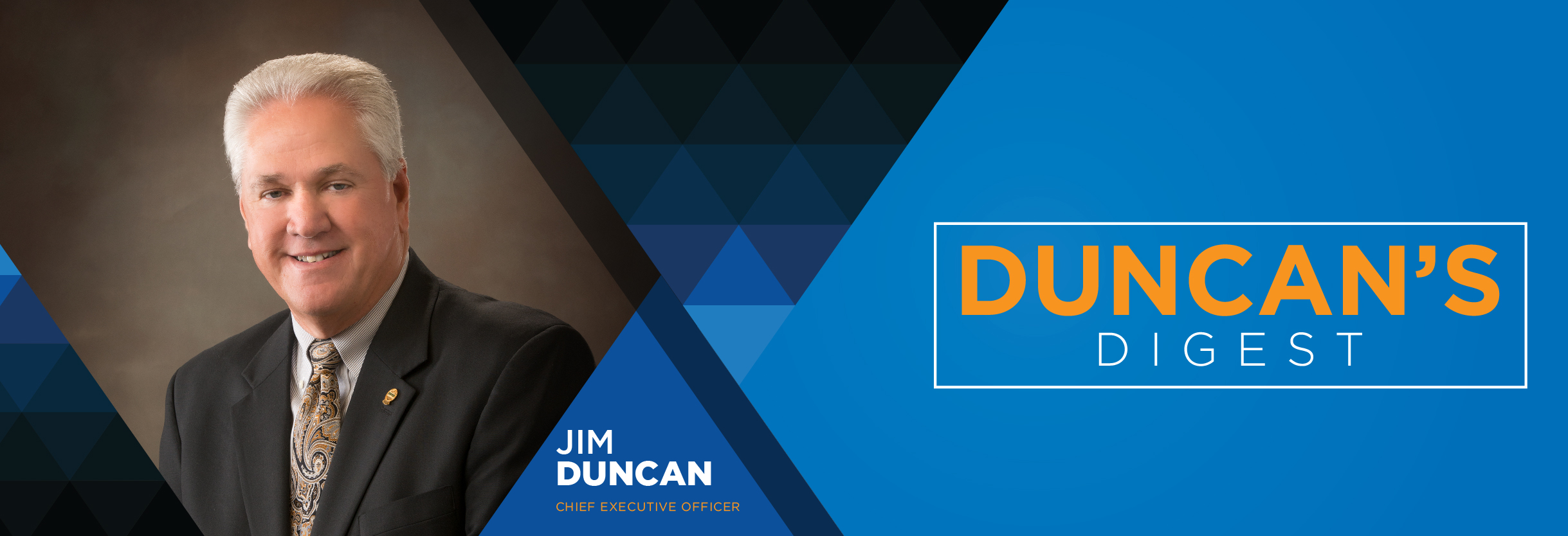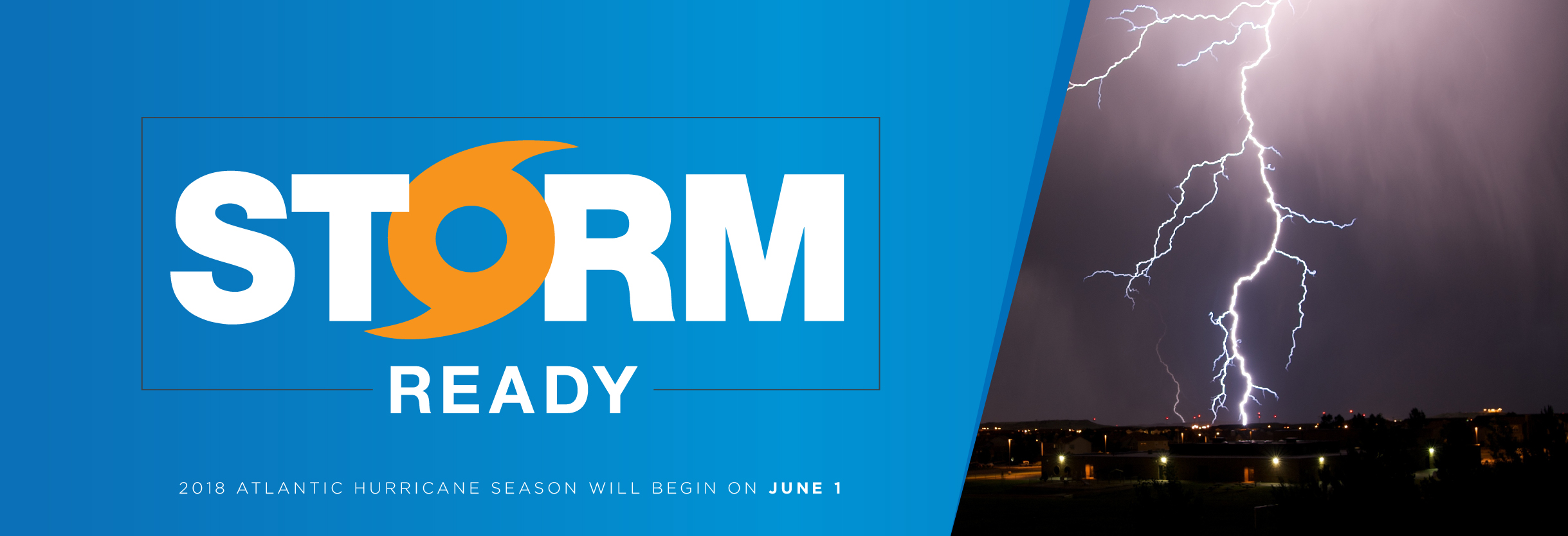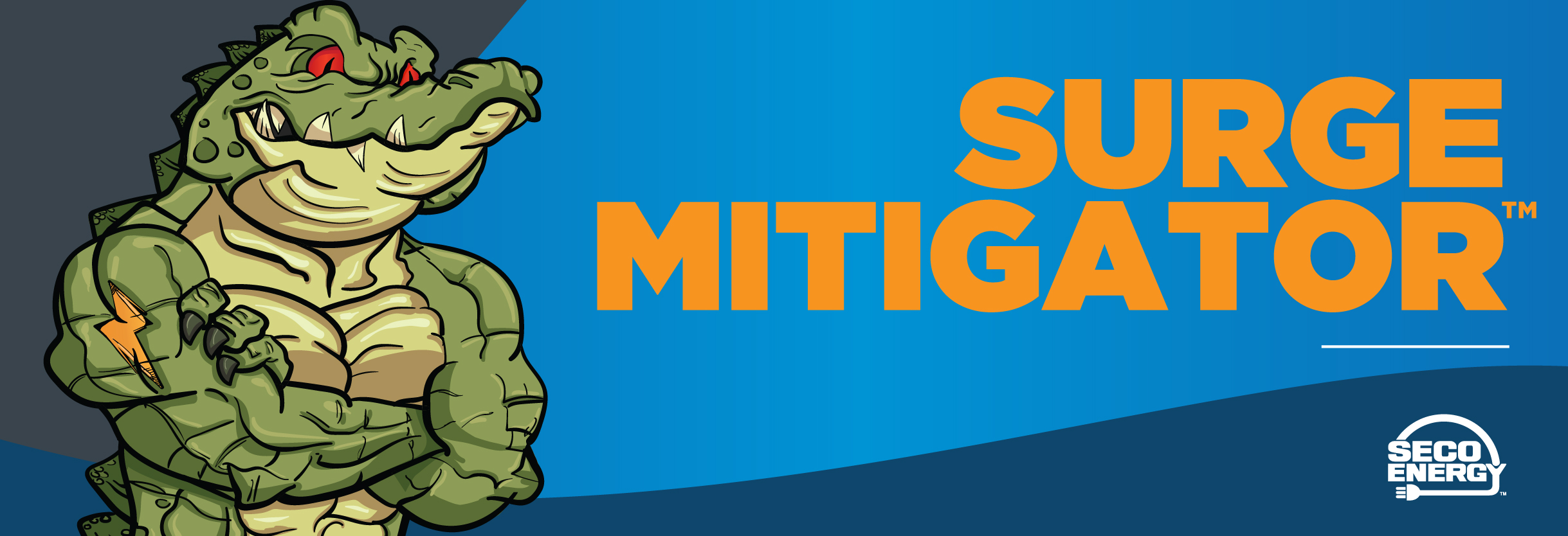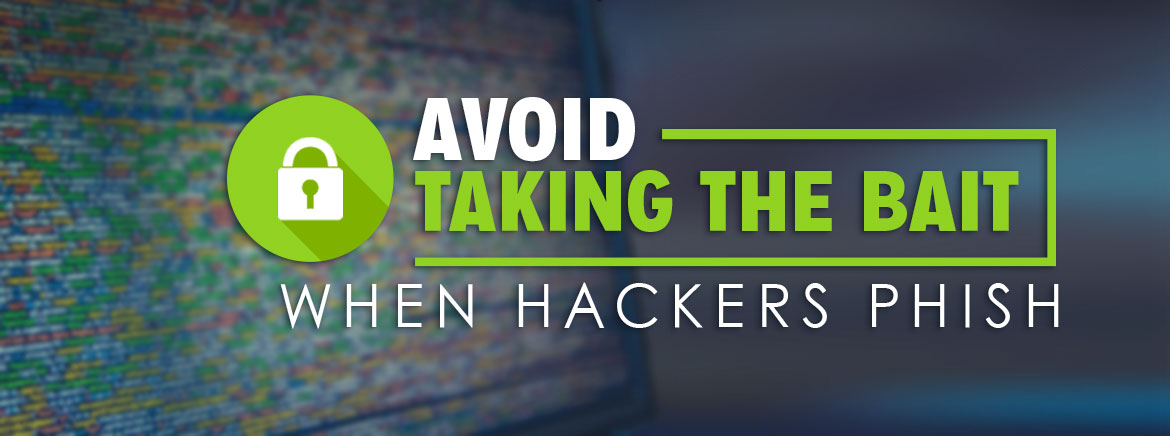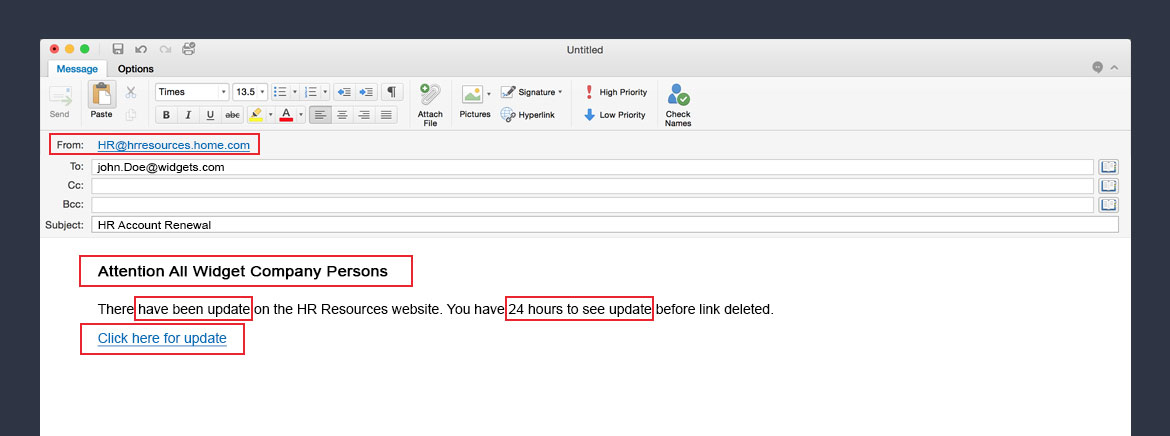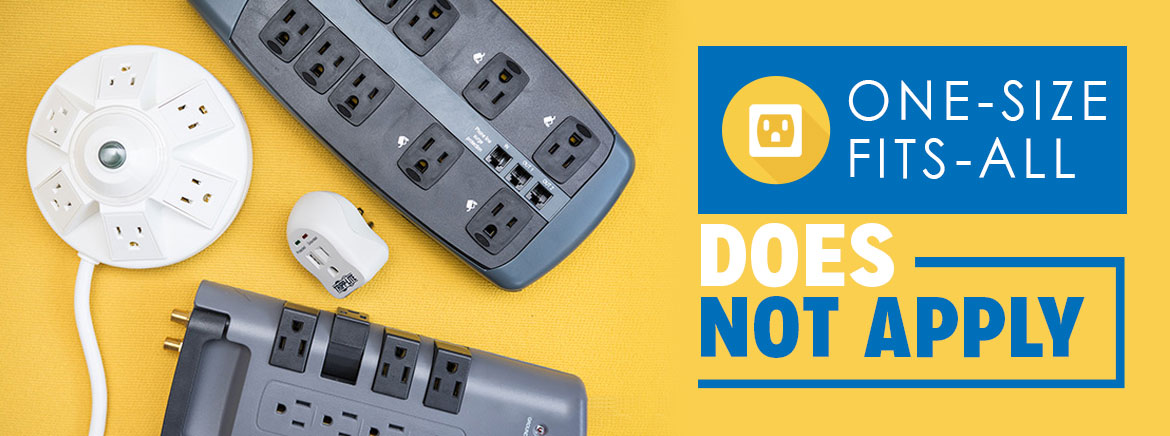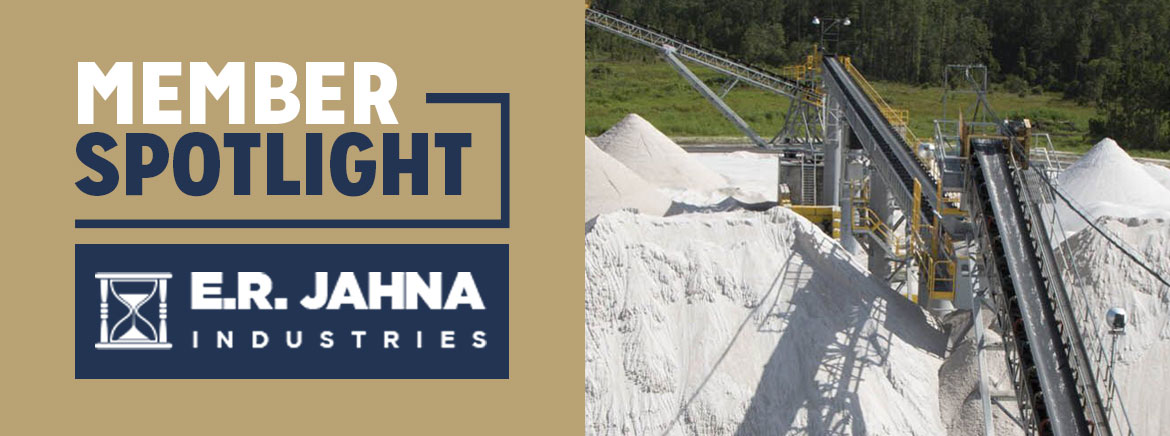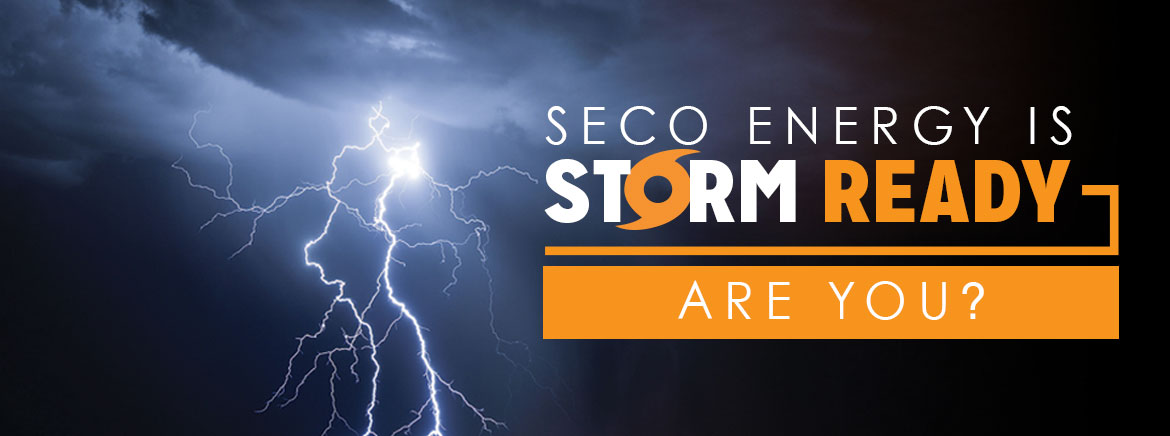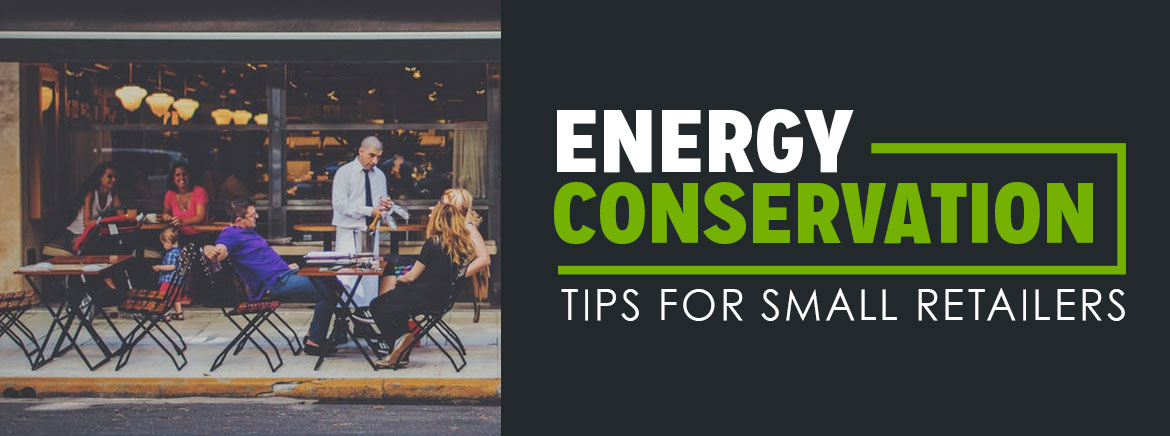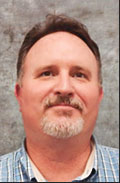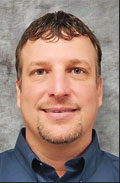SECO News June 2025
2025 Atlantic Hurricane Season Begins June 1
DEAR MEMBER,
June 1 marks the start of hurricane season here in Florida and it runs through November 30. Whether you have lived here for years or have recently joined our community, it’s important to know that our state is no stranger to severe weather. This year, experts from Colorado State University’s (CSU) Tropical Cyclones, Radar, Atmospheric Modeling, and Software Team (TC-RAMS) are predicting an active season – 15 to 19 named storms, with 7 to 9 hurricanes, and a few of those possibly reaching major strength.
The Florida peninsula is vulnerable to hurricanes from both the Atlantic and Gulf coasts. This year, there is a 92% probability of a named storm approaching within 50 miles of Florida – significantly higher than average.
At SECO Energy, we take storm season seriously. Long before the first storm forms, our team is hard at work making sure we’re ready to respond. We inspect and trim vegetation along thousands of miles of power lines to prevent outages before they happen. We check and restock materials like poles, wire, and transformers so they are on hand when needed. Our crews complete storm-response drills and safety training so that when a storm does come, they can work quickly and safely to restore power. We also coordinate closely with state and local emergency officials to make sure our response is aligned with community needs. We’re committed to restoring power as fast as possible and keeping you informed every step of the way.
Simply put – we prepare all year to be ready for you when it matters most.
I encourage you to prepare too. A few simple steps can make a big difference:
- Talk with your family about your emergency plan – whether you will shelter in place or evacuate.
- Stock up on water, non-perishable food, medications, flashlights, batteries, and a weather radio.
- Secure your home – clear gutters, bring in loose outdoor items, and have shutters or boards ready for windows.
- Stay tuned to the National Hurricane Center and local officials for updates.
Last year’s storms, Hurricanes Debby, Helene, and Milton reminded us all of how important it is to be ready. While we can’t control the weather, we can control how prepared we are.
PREPARATION IS KEY – we live in a hurricane-prone state, and we must proactively safeguard our families and homes. The SECO Energy team is StormReady and will work nonstop to restore electric service safely.
Stay safe and prepare now.
Sincerely,


CURTIS WYNN
Chief Executive Officer
StormCenter is SECO Energy’s online outage and communications platform that is easily accessible from your smartphone or tablet. Visit StormCenter at SECOEnergy. com to enroll in proactive outage alerts by email, text, voice, or a combination of the three. Make sure to update or verify your phone number and email address so you can stay informed of our team’s restoration progress during power outages.
View estimated restoration time, crew status, and outage details.
Quickly report an outage using your last name and house number.
Check the status of an existing outage in real time.
Enroll in voice, text and email notifications to stay informed.
Report streetlight or area light outage and issue.
While widespread damage occurs, the state requires that power restoration efforts prioritize critical facilities first to protect public safety and health. This means shelters, hospitals, schools, and emergency services such as emergency operations centers, fire stations, and law enforcement facilities are restored first. After these essential services, crews focus on repairing lines that serve the largest number of members. Finally, individual homes and businesses with isolated damage are restored.
The SECO team works around-the-clock and will not stop until power is safely restored for all members.
Here’s how the restoration process typically works:
1. High-Voltage Transmission Lines: These lines carry large amounts of electricity across long distances. Although they rarely fail, any damage must be repaired first to support the rest of the system.
2. Distribution Substations: Crews inspect and repair substations, which supply power to hundreds or thousands of members.
3. Main Distribution Lines: These lines deliver electricity to essential facilities like hospitals, schools and larger communities.
4. Individual Homes and Businesses: Once main lines are restored, crews move to repair service lines that supply individual homes and businesses.
SECO Energy provides safe, reliable electric service to over 250,000 Central Florida homes and businesses. While the SECO team rigorously maintains its electric distribution system to prevent power outages, we have resources that will help you to be safe and prepared for tropical storms and hurricanes that come our way.
Do you or a resident in your home operate life sustaining medical equipment? If so, visit SECOEnergy.com/My Account/Medically Necessary Service and complete a Special Interest form. After SECO receives the completed application (physician’s signature is required), we will code your account, so our technicians are aware of the medical need in outage situations (outside of emergency restoration efforts).
Next, register your special medical needs with your local emergency management agency at FloridaDisaster.org. By registering, your information is shared with local first responders who can help assist your family during a disaster.
For members who rely on medical equipment, it’s important to have a plan for storm season. Consider whether relocating to a public shelter, evacuating or purchasing a backup generator is the best option for your situation.
Lastly, save your county’s Emergency Operations Center contact information and sign up for local emergency alerts to stay informed:
Citrus County: (352) 249-2775
Hernando County: (352) 754-4083
Lake County: (352) 343-9420
Levy County: (352) 486-5213
Marion County: (352) 369-8100
Pasco County: (727) 847-8137
Sumter County: (352) 689-4400
Above all, we want all SECO members to stay safe, and preparation for hurricane season is essential. We can’t control the weather, but we can be ready for it.
ENERGY EFFICIENCY TIP OF THE MONTH: Take it outside – cook on the frill! Using the grill instead of your stove or own can help reduce your energy use. Cooking outdoors eliminates the electricity need to power indoor appliances and keeps your home cooler, which means your air conditioning won’t have to work as hard. You can also avoid using the oven with tasty no0bake recipes. Get creative in the kitchen and explore new ways to save energy while enjoying fresh, flavorful meals! Source:energy.gov
Read the full June SECO News.

